Cleaning products, household chemicals and their practical application - efficiency and ecology!
We use many different cleaning products every day. Do you know how to use them correctly? We will try to shed some light on the topic of proper use of household chemicals. We will start with the issue of types and purposes of individual cleaning products. We will also consider how to maintain the proper proportions of the liquid we use in order to achieve maximum effectiveness and eco-friendliness.

Household Cleaning Products: Types, Uses, and Ecology
We use many different cleaning products every day. Do you know how to use them correctly? We will shed some light on the proper use of household chemicals. We will start with the types and uses of individual cleaning products. We will also consider how to maintain the proper proportions of the product we use in order to achieve maximum effectiveness and ecology.
Types of Cleaning Products
The cleaning products found in our homes can be divided into several basic categories:
- Dishwashing detergents - Used for hand washing dishes, often containing degreasing ingredients that effectively remove food residue.
- Laundry detergents - Powder, liquid, or capsule detergents used for washing clothes. They may contain bleaching agents, enzymes, and water softeners.
- Surface cleaners - Products designed for cleaning various surfaces in the home, such as floors, kitchen countertops, or bathrooms. These include both all-purpose cleaners and specialized products for specific materials.
- Disinfectants - Contain biocidal substances that eliminate bacteria, viruses, and fungi. Mainly used in the kitchen and bathroom.
- Glass and mirror cleaning products - Contain ingredients that prevent streaks and make it easier to remove dirt.
Products from the photos - Liquid soaps, alkaline liquids, chemical raw materials.
Purpose of Cleaning Products
Each type of cleaning product has its specific purpose and method of use:
- Dishwashing detergents - Designed to effectively remove grease and food residues while being gentle on the skin.
- Laundry detergents - Their task is to remove stains, odors, and dirt from clothing while preserving its color and structure.
- Surface cleaning products - They must be effective in removing dirt, but at the same time safe for the materials being cleaned.
- Disinfectants - They should effectively eliminate microorganisms, while also being safe for the health of users.
- Glass and mirror cleaning products - They should provide crystal clear surfaces without streaks.
Eco-Friendly Aspects of Using Cleaning Products
We are paying more and more attention to the eco-friendly aspects of using cleaning products. Here are a few principles that can help maintain eco-friendliness during daily household chores:
- Proper dosage - Using too much detergent does not always result in better effects. Using the recommended dosage by the manufacturer is not only more effective, but also reduces the amount of chemicals in the environment.
- Using eco-friendly cleaning products - Choosing products labeled as eco-friendly or biodegradable helps reduce negative impact on the environment.
- Avoiding excessive water consumption - Using the right amount of water during cleaning helps conserve natural resources.
- Segregating and recycling packaging - Packaging from cleaning products should be properly segregated and recycled.
Proper use of cleaning products is not only a matter of effective cleaning, but also taking care of the environment. By knowing the types and purposes of individual products, we can better adjust their use to our needs, while also considering the ecological aspects. Correct dosage, choosing eco-friendly products, and saving water are steps that each of us can take to responsibly maintain cleanliness in our homes.











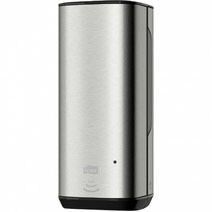

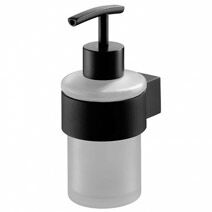
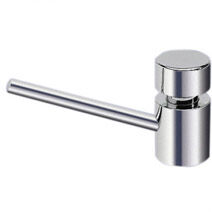

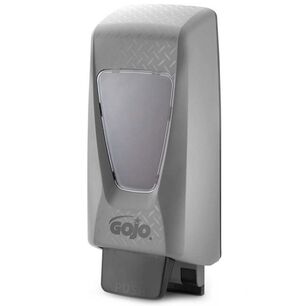
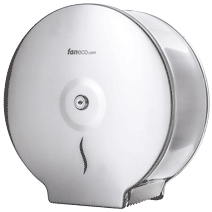

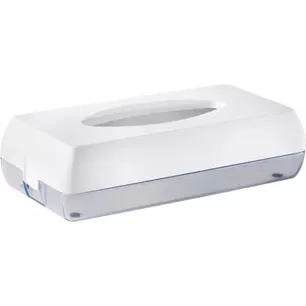


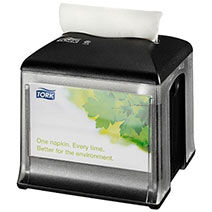

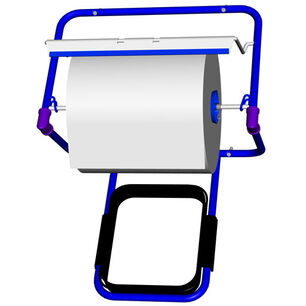


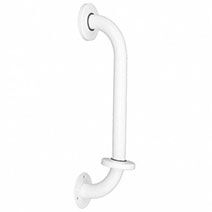






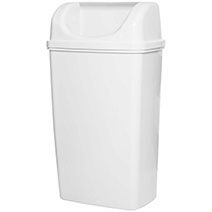

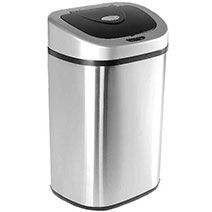





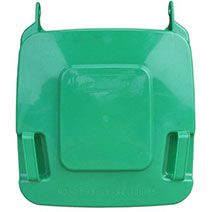




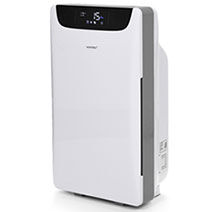

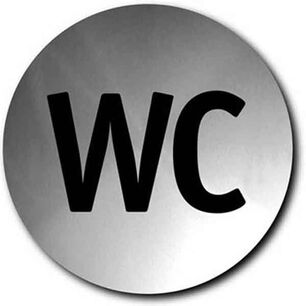


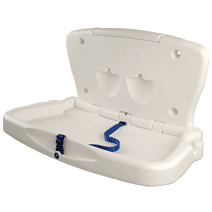

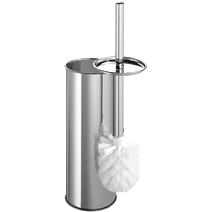



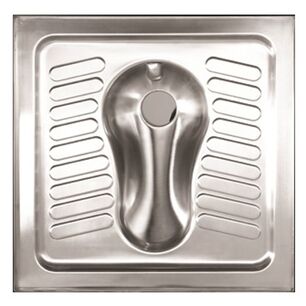





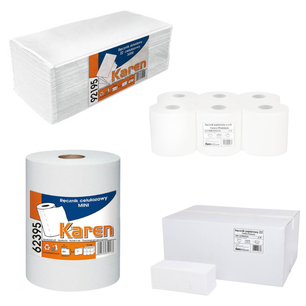





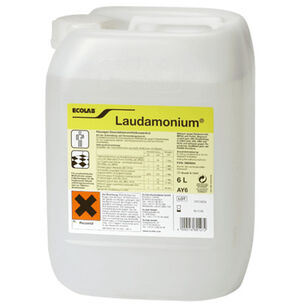









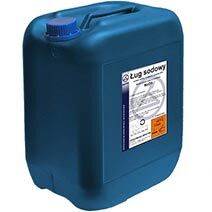










 Polski
Polski
 Czech
Czech
 German
German
 Spanish
Spanish
 Slovak
Slovak